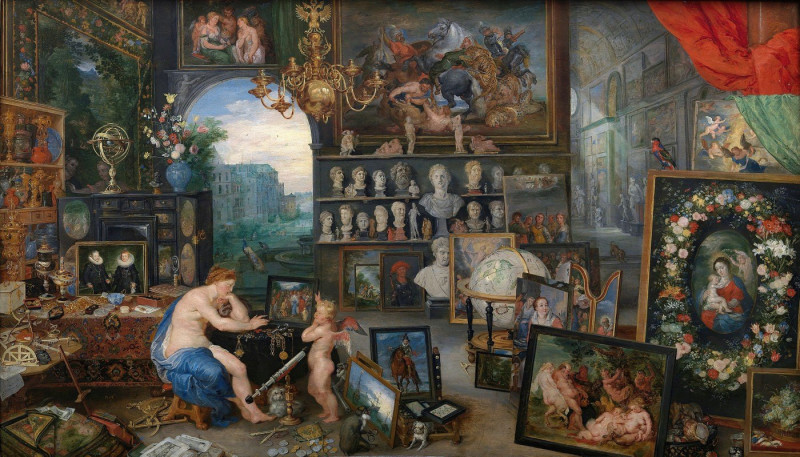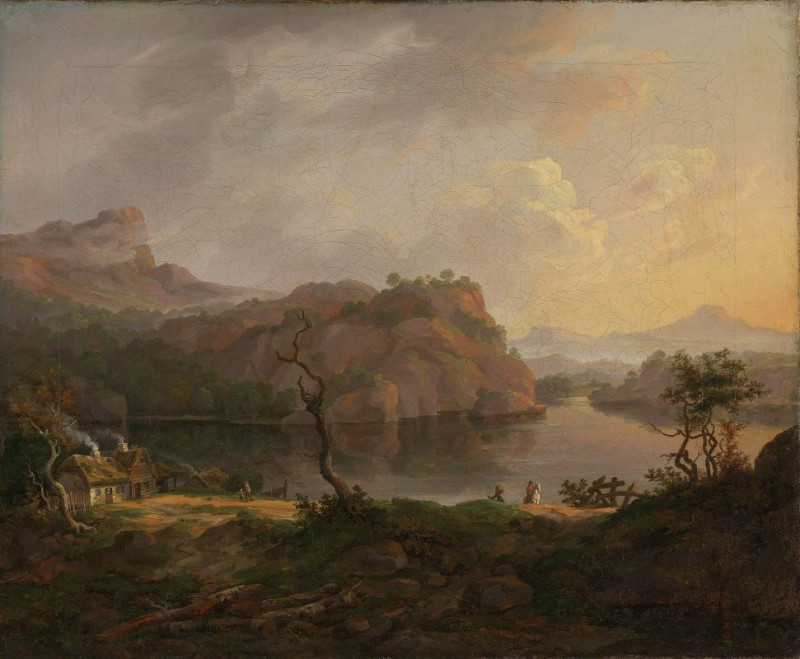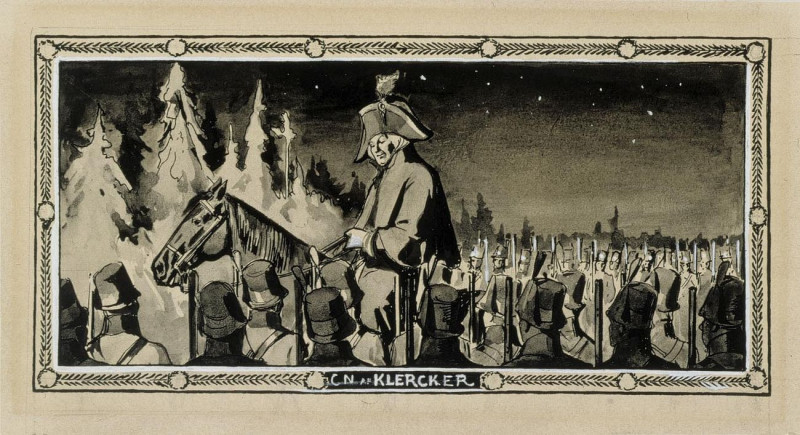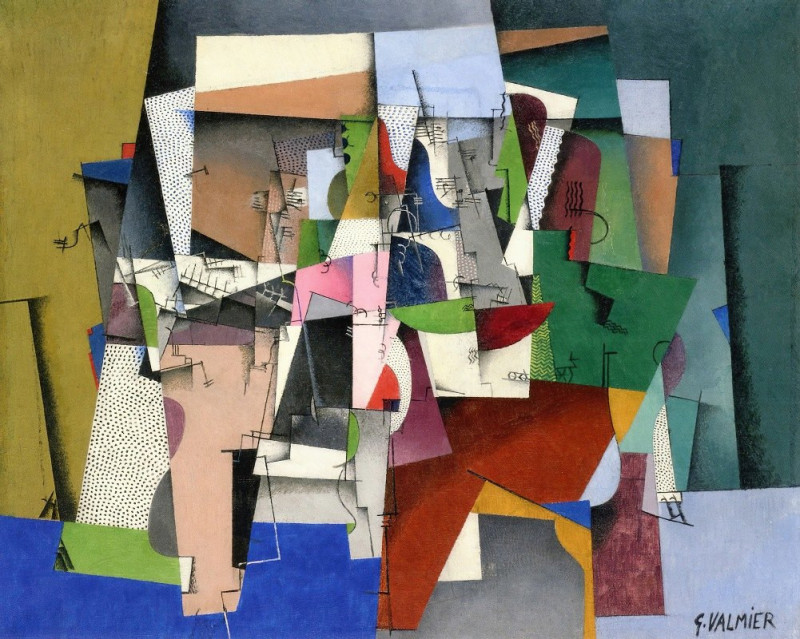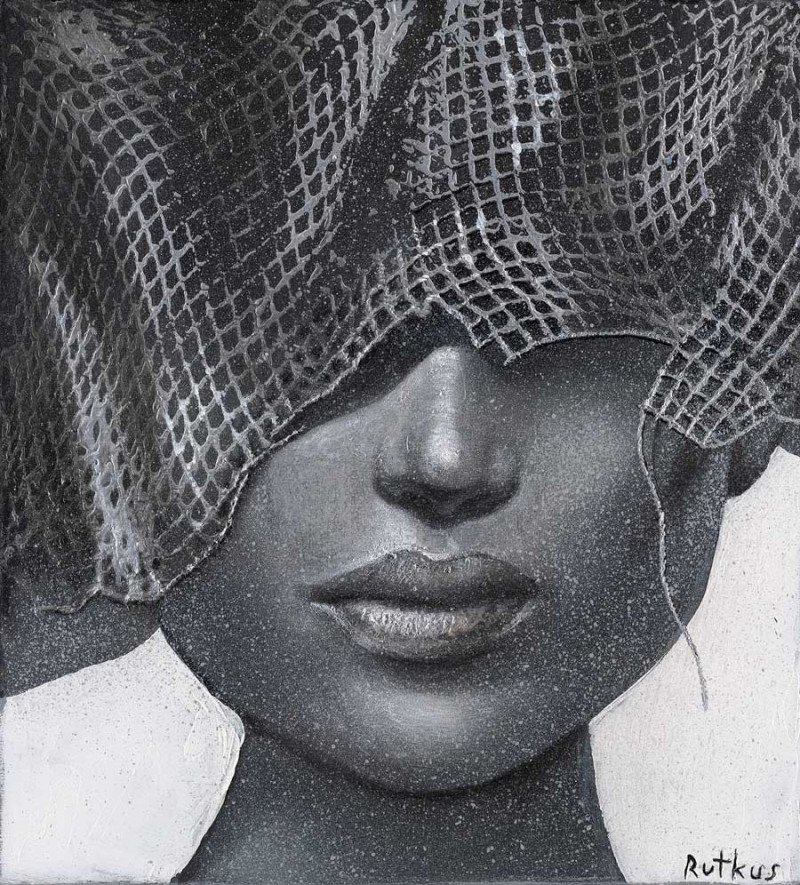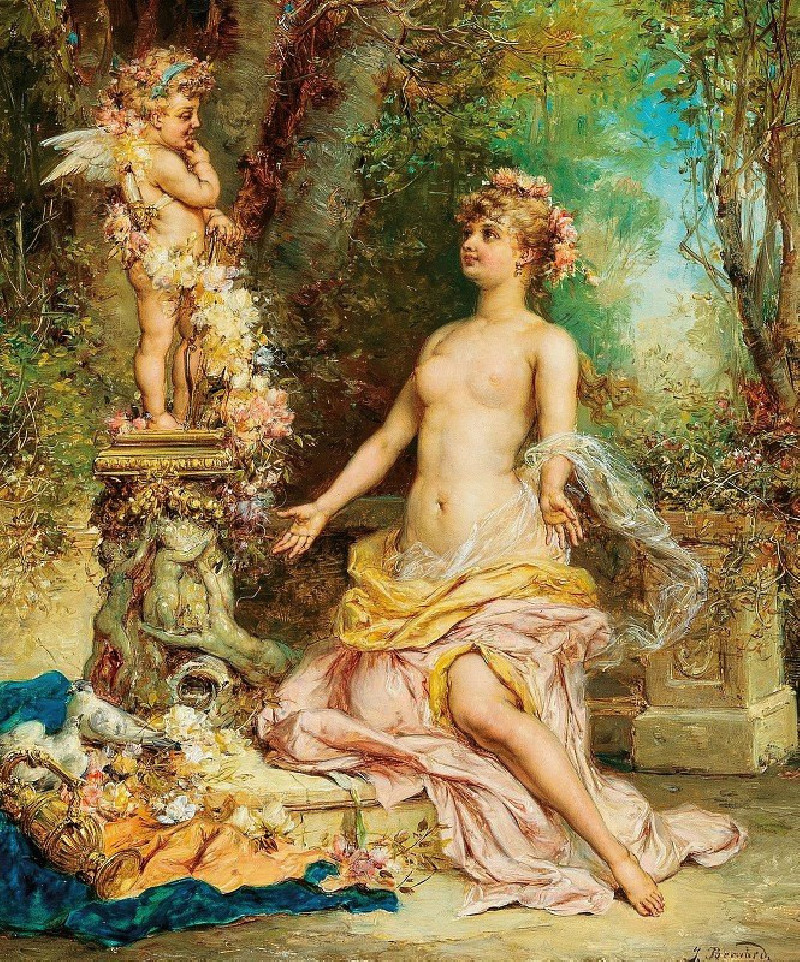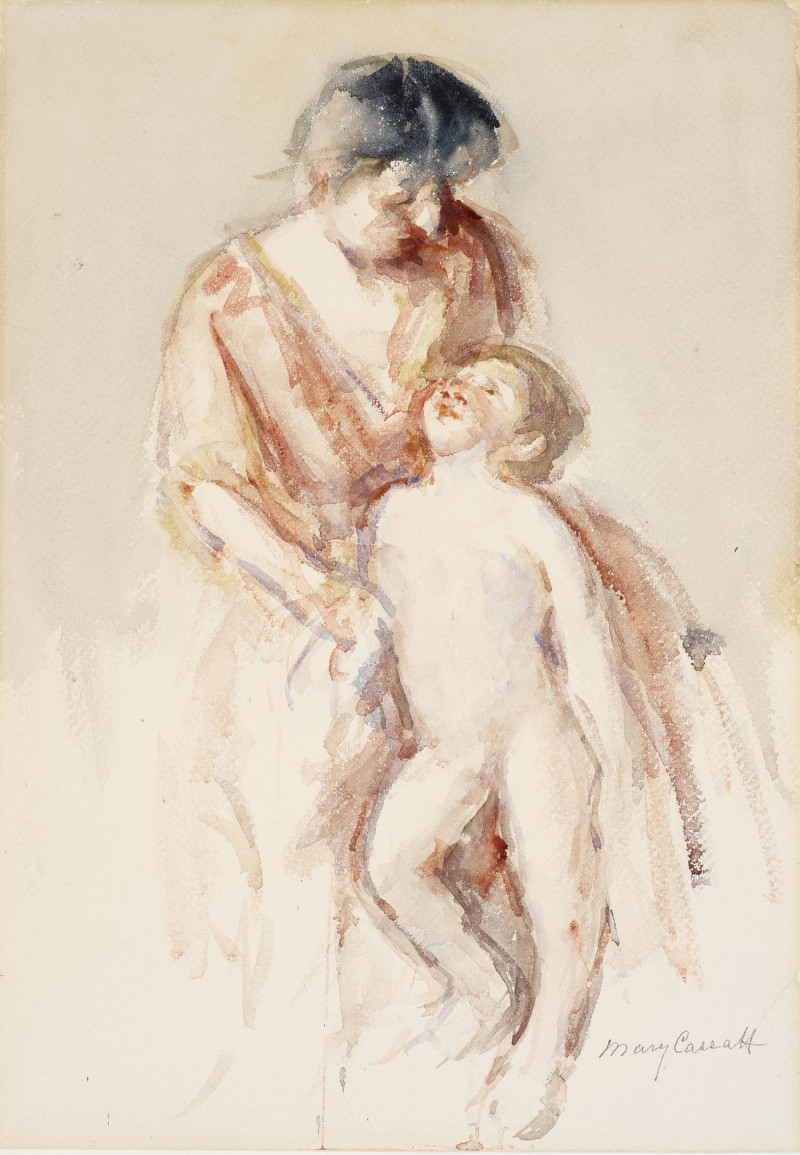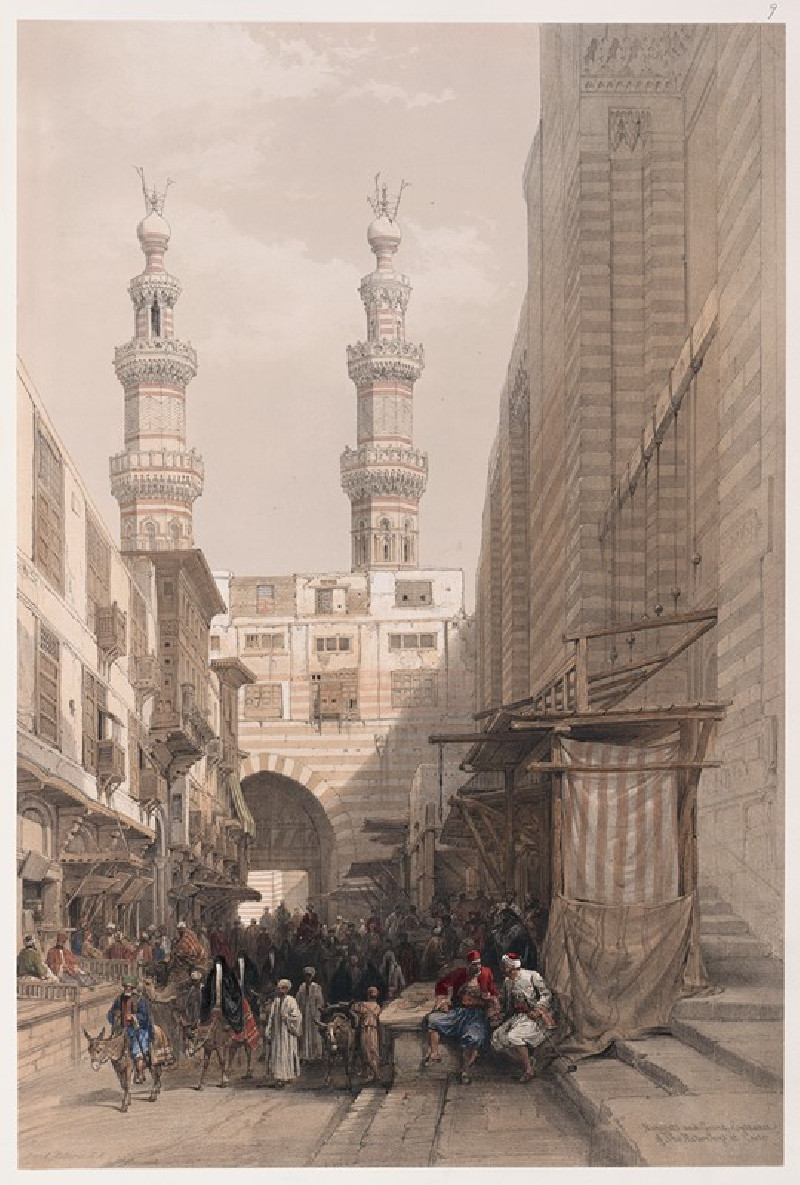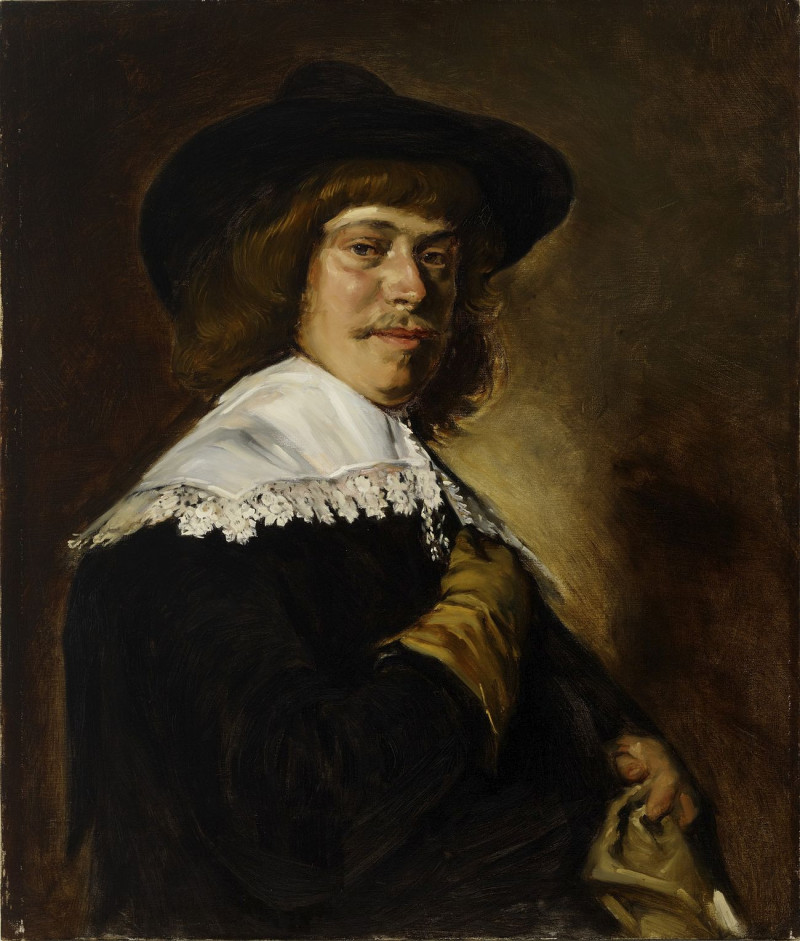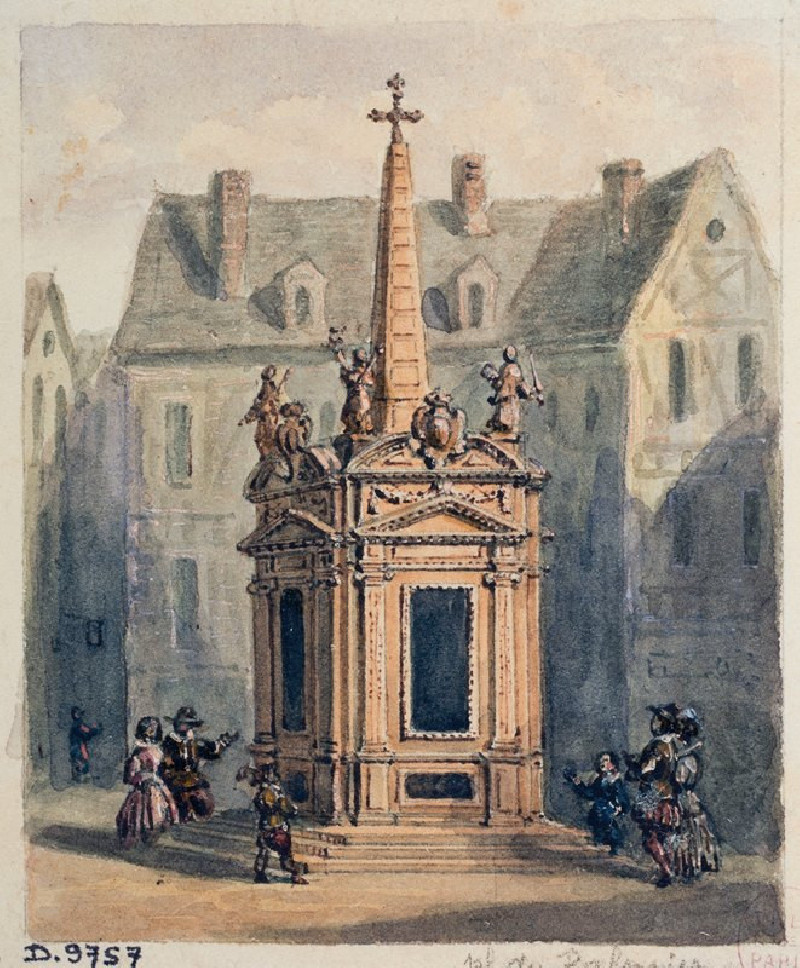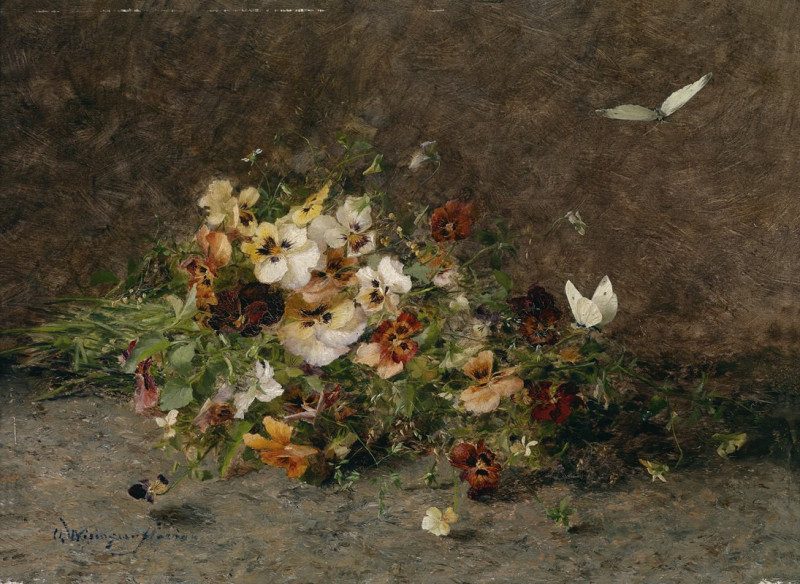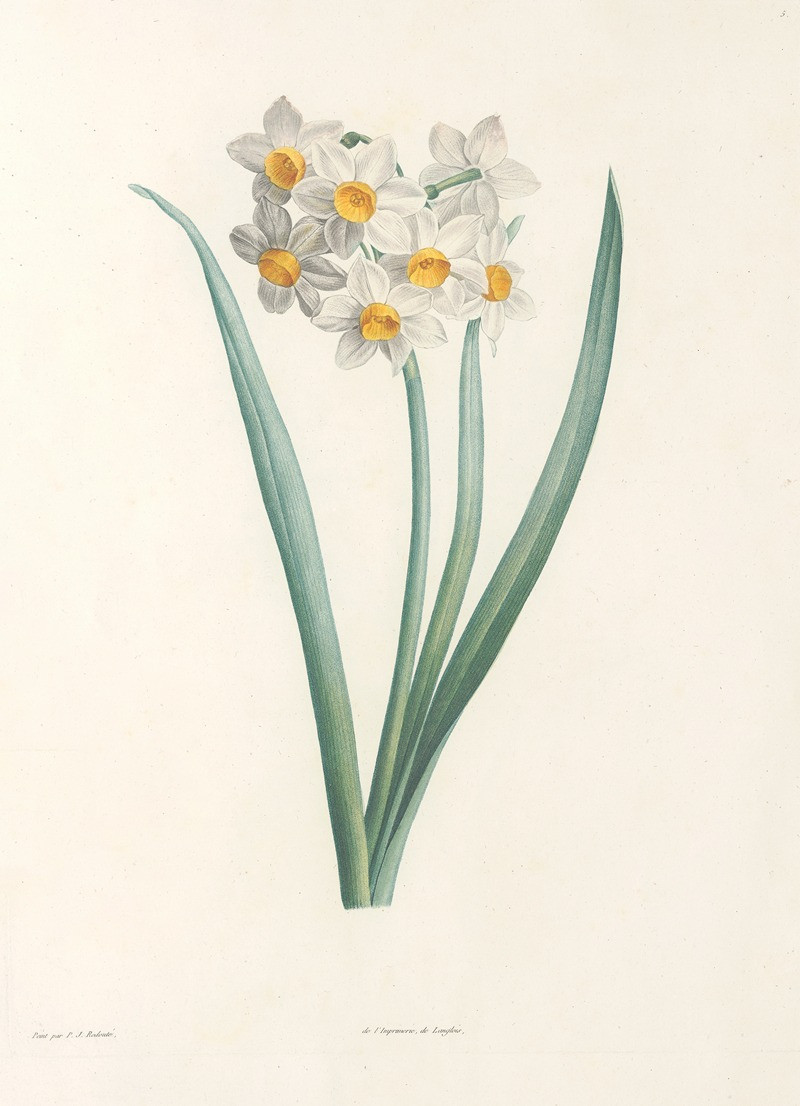Effet De Neige À Montfoucault (circa 1874)
Technique: Giclée quality print
Recommended by our customers
More about this artwork
Artist:is a serene and evocative painting by Camille Pissarro, a master of Impressionism, created around 1874. This work captures a delicate winter landscape in Montfoucault, where Pissarro visited his friend and fellow artist Ludovic Piette. The painting reveals a snow-covered village enveloped in a tranquil, muted palette, primarily composed of whites, blues, and subtle greens.In the foreground, two figures, perhaps a mother and child, embody the essence of rural life against the harsh yet picturesque winter backdrop. They are seen walking along a path lined with leafless trees whose branches twist into the overcast sky, enhancing the feeling of chilled air and the weight of winter.The composition draws the viewer's eyes through the network of trees to the small stone structures and beyond, towards a faintly discernible horizon. This portrays not only the physical coldness but also a sense of isolation and quietude that winter can bring.Pissarro's use of loose brush strokes and his ability to capture light and shadow through color exemplify the Impressionist technique, focusing on the effects of light and atmosphere in the landscape. The visible brushwork adds a tactile quality to the snowy surfaces, inviting the viewer to feel the crispness of the air and the softness of the snow underfoot.
Delivery
Returns
Blessed are they who see beautiful things in humble places where other people see nothing. — Camille Pissarro
Camille Pissarro (1830-1903) was born on St.Thomas (now the US Virgin Islands) to a Portuguese father and a Dominican mother. He went to Paris to study art at Ecole des Beaux-Arts. He was an early pioneer of pointillism and neo-impressionism and later became a mentor of many famous impressionist painters including Cezanne, Manet, Renoir, and Gauguin. His paintings depicted rural and urban French landscapes and lifestyle. Many of his works politically captured images of peasants and laborers. Today, he is considered the father of impressionism.































